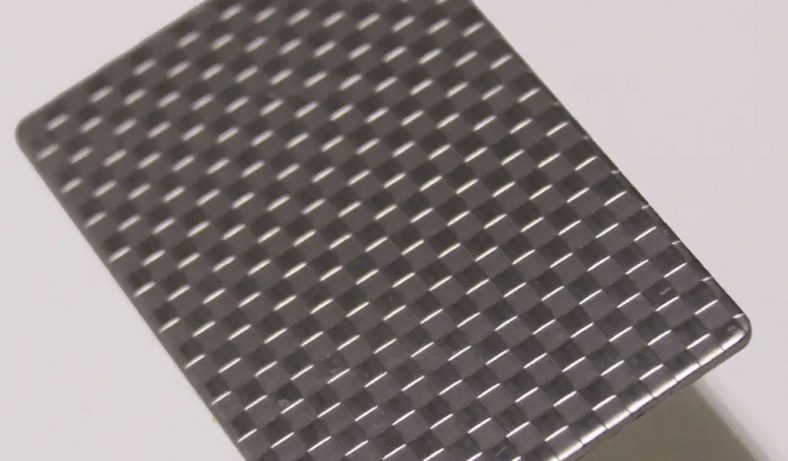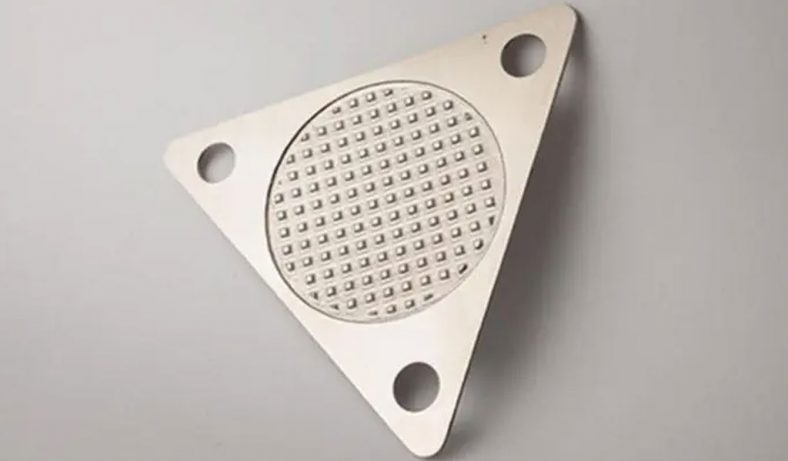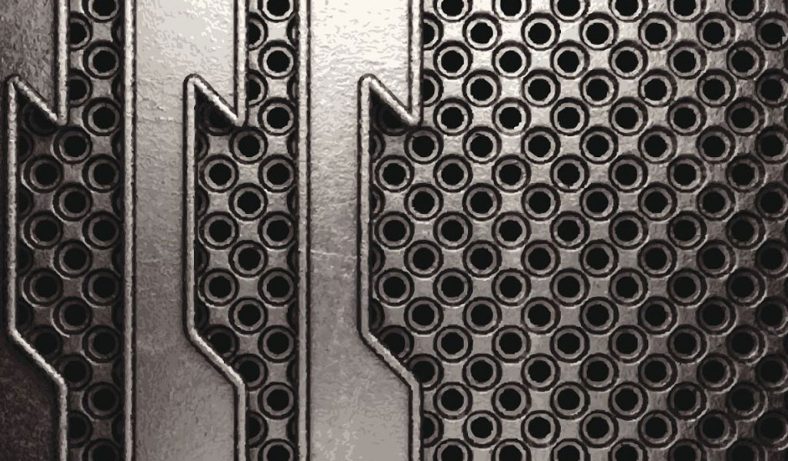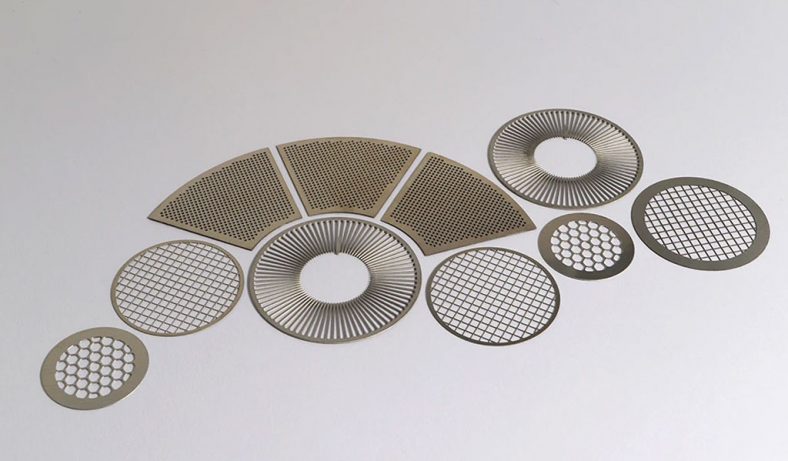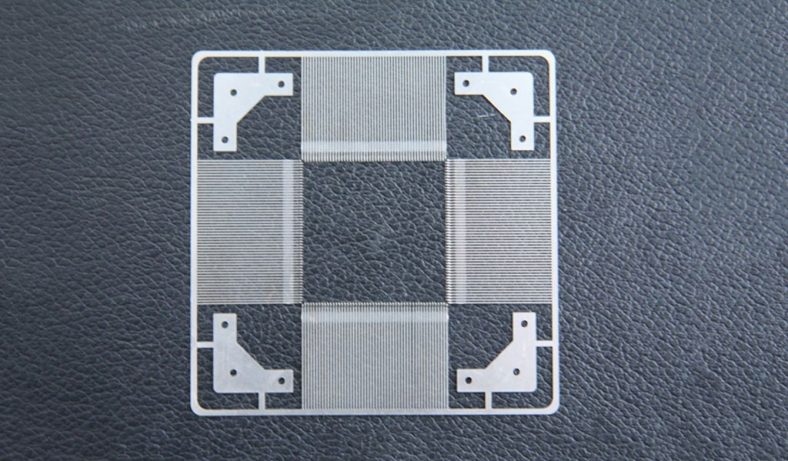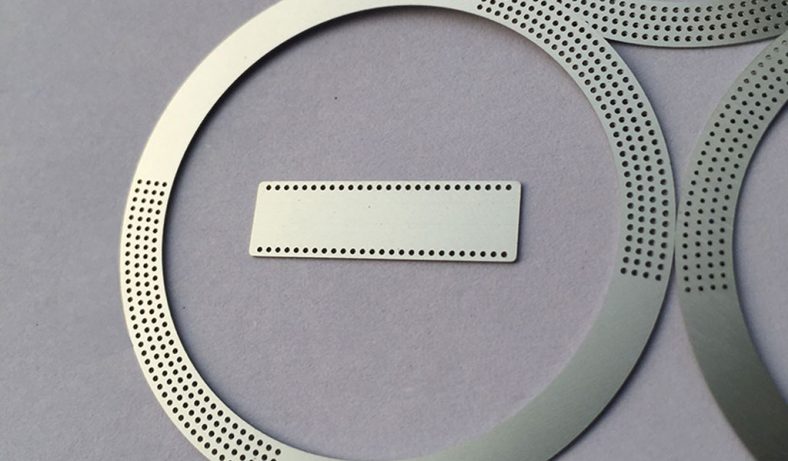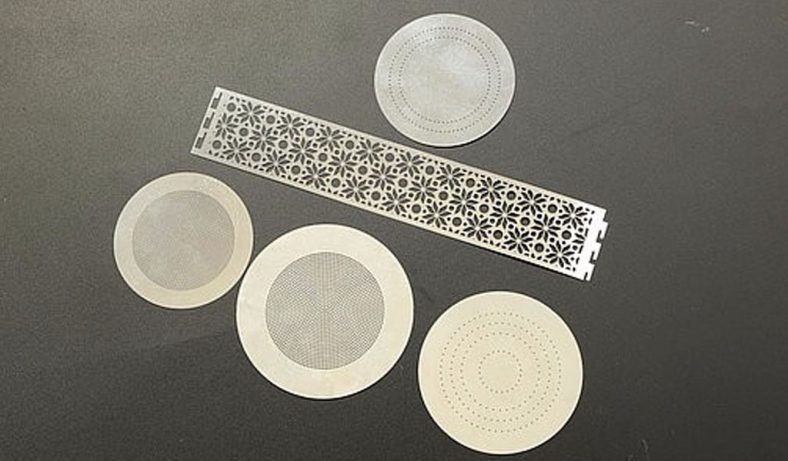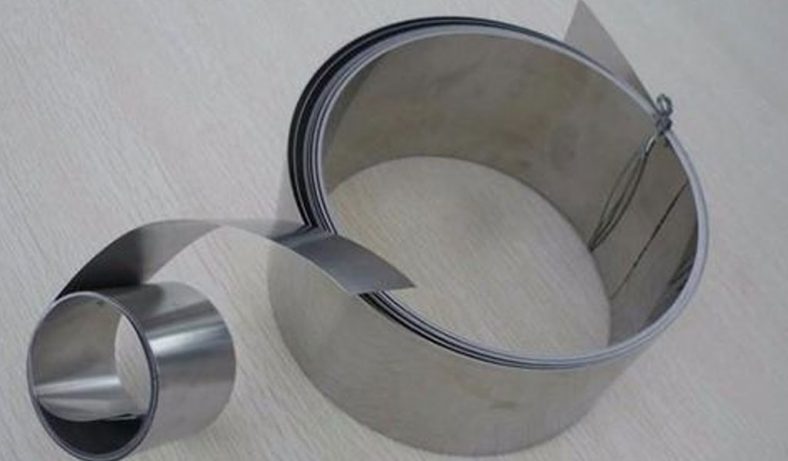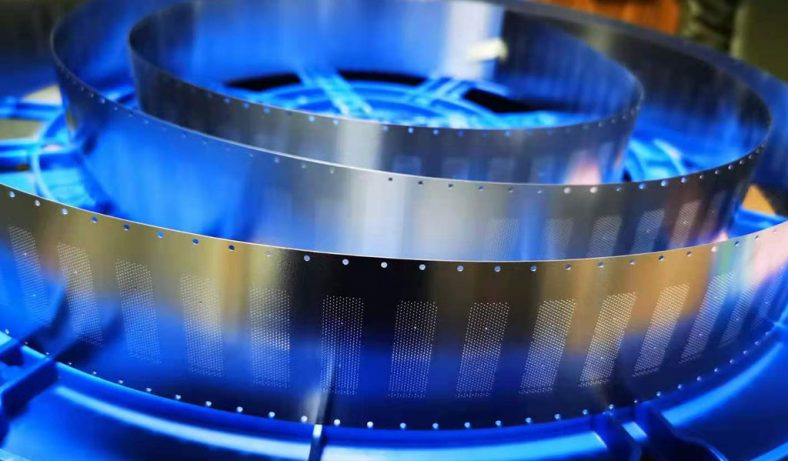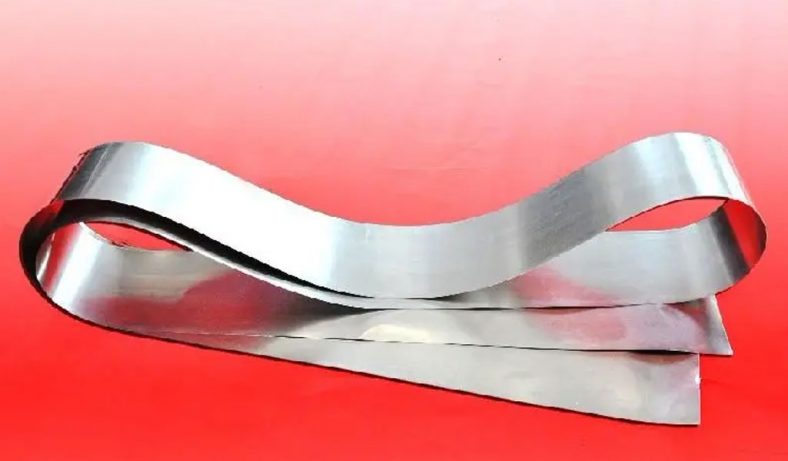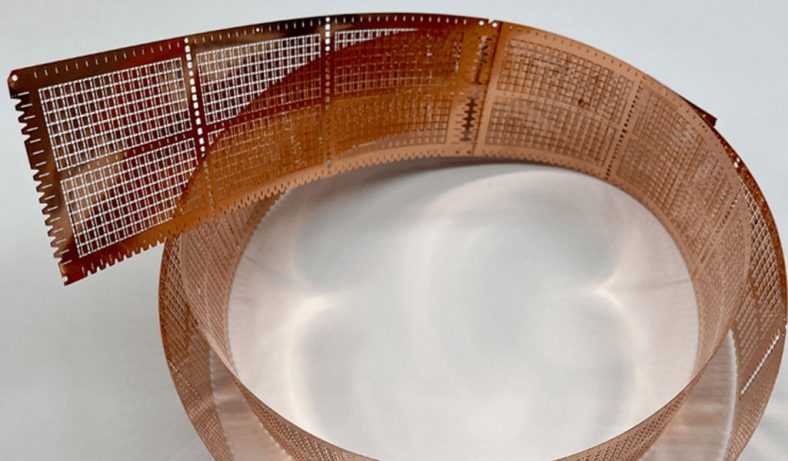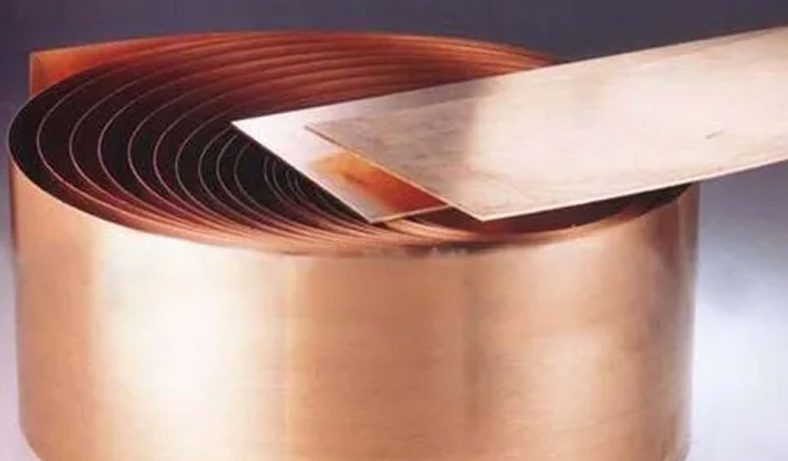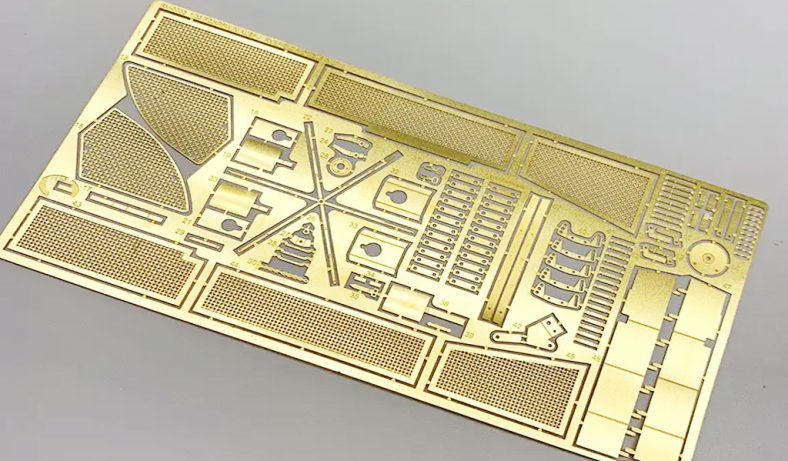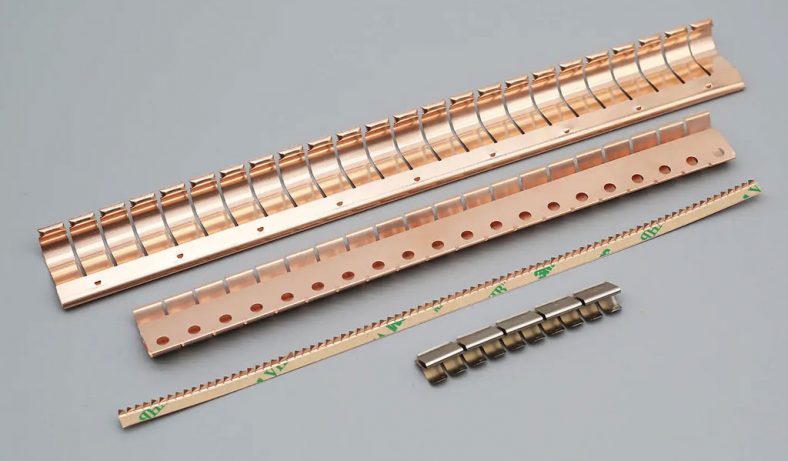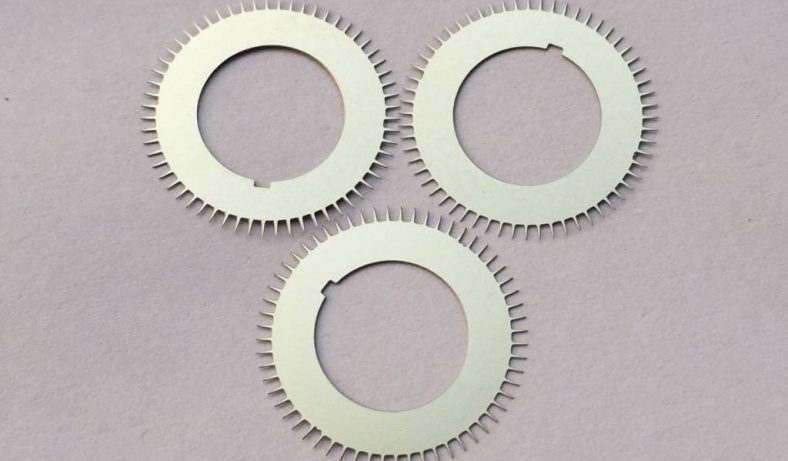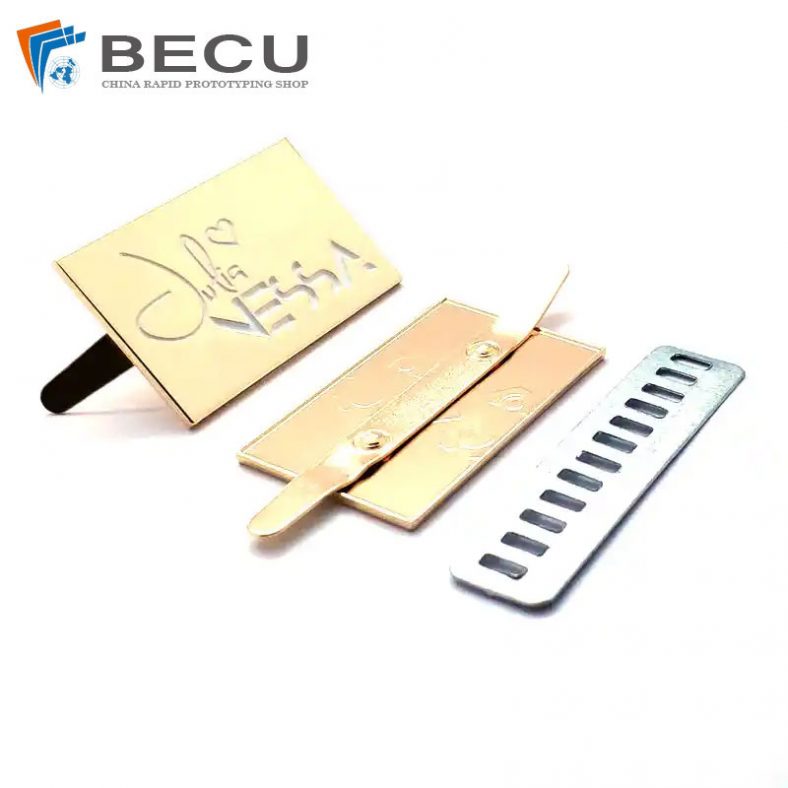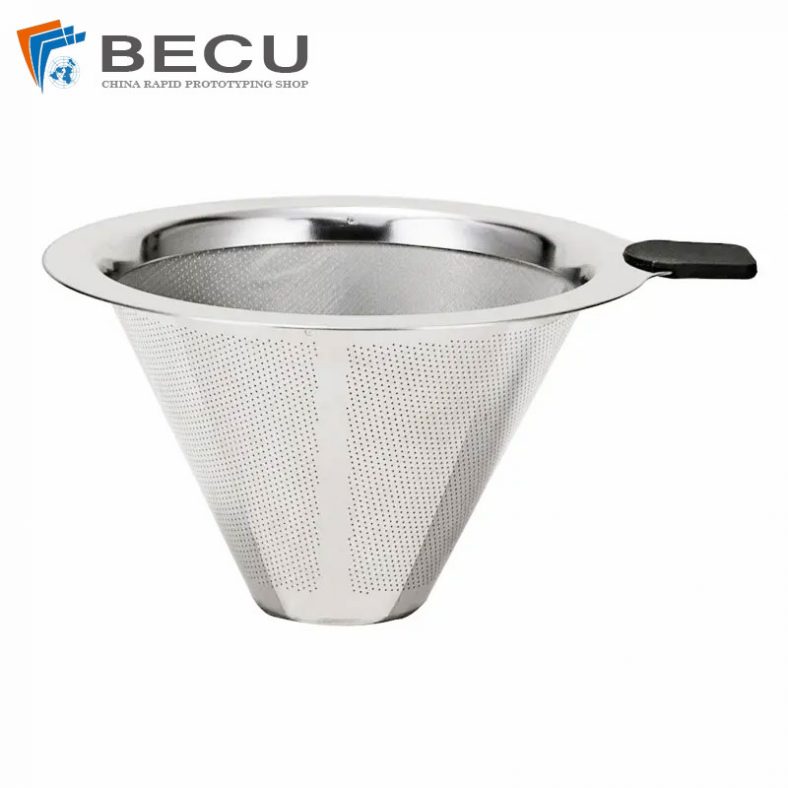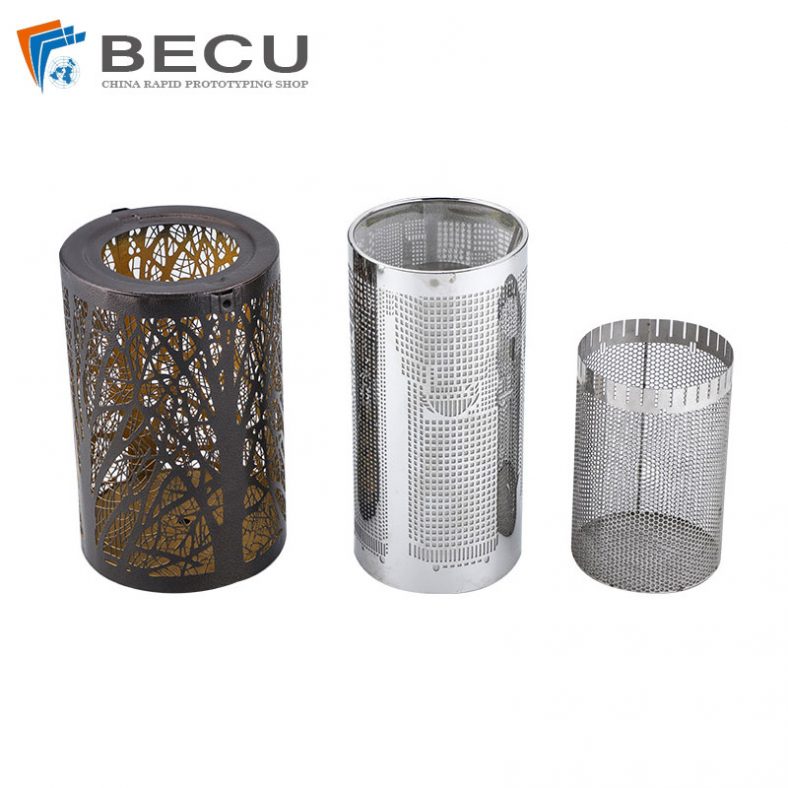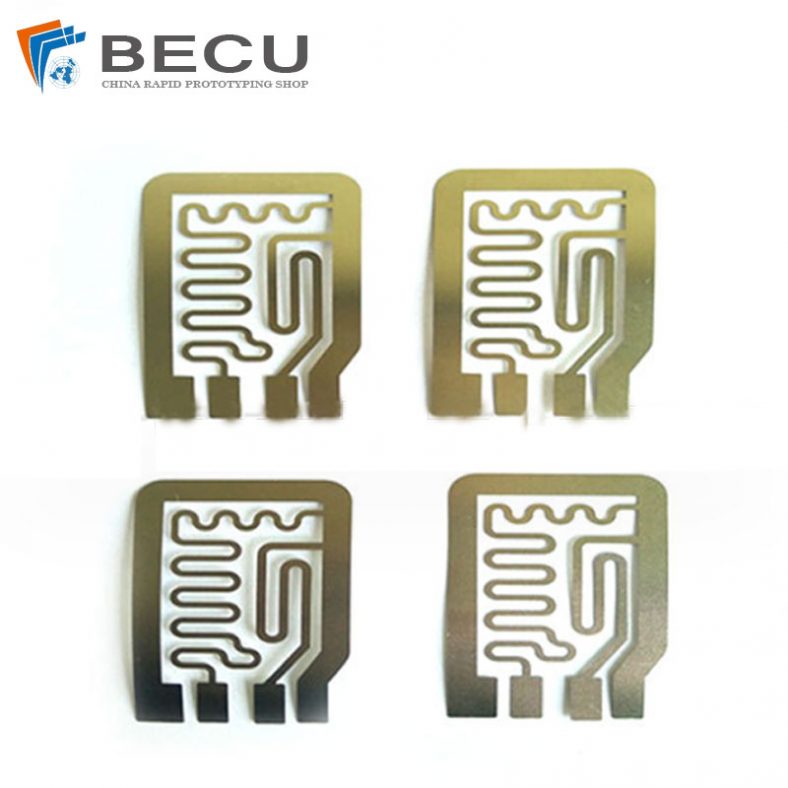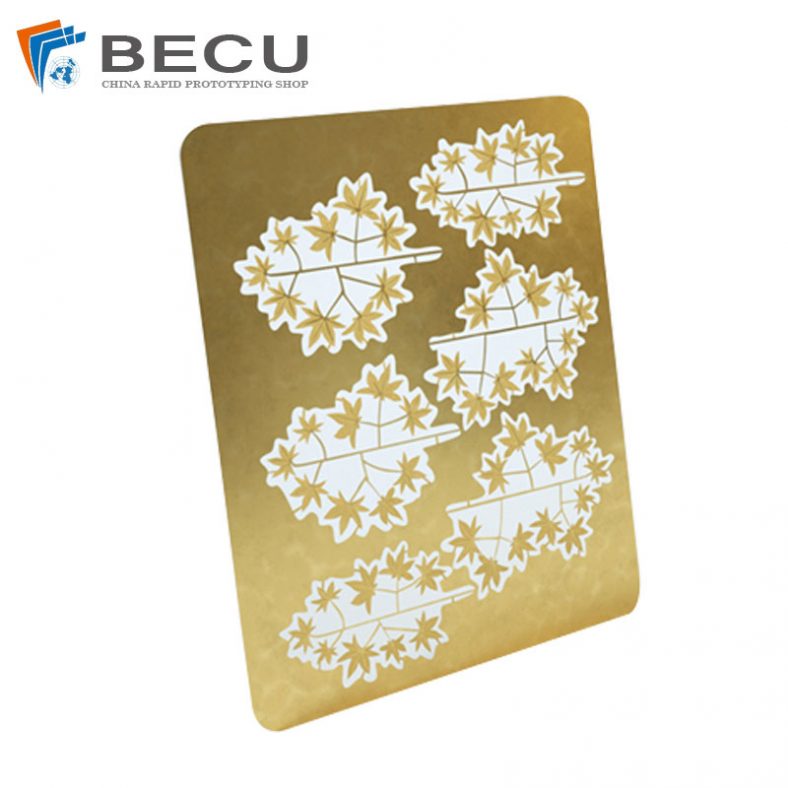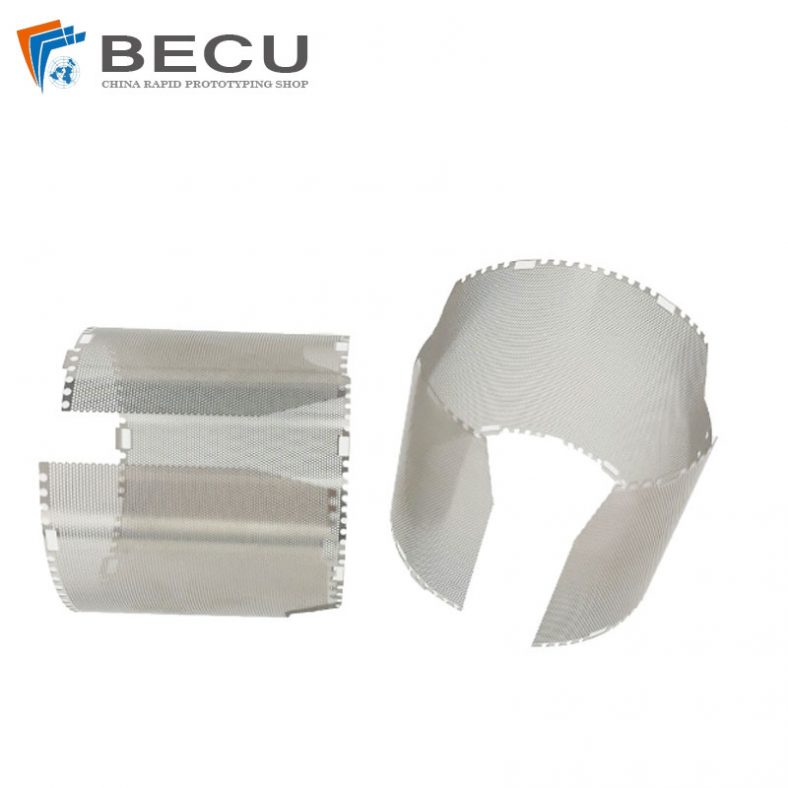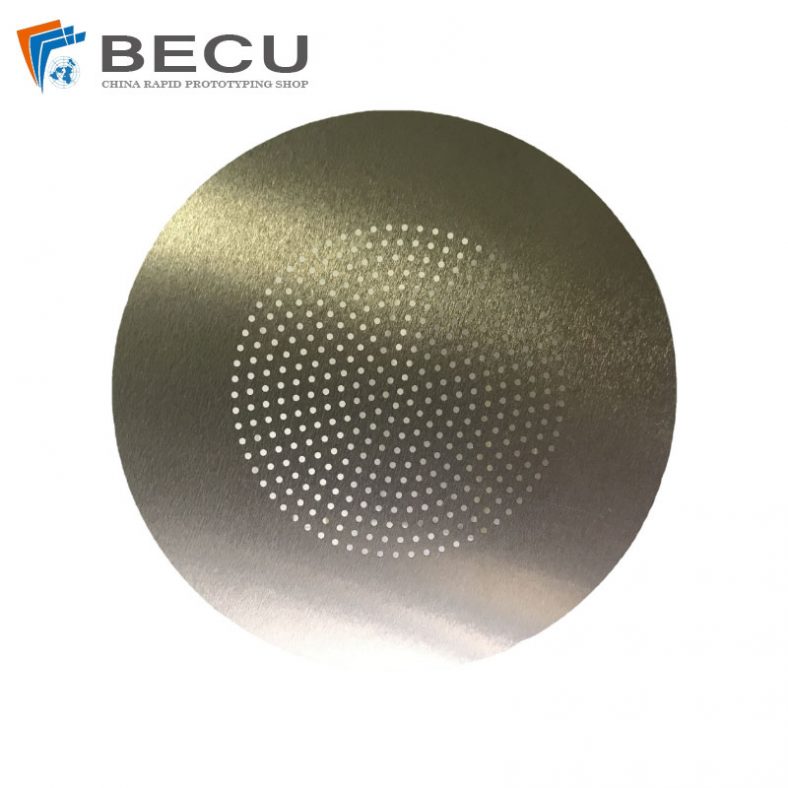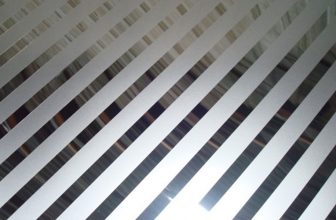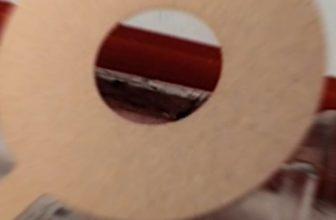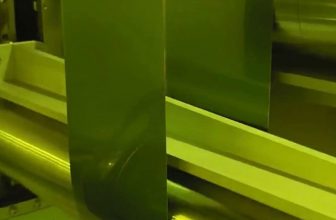Steel is one of the most widely used materials in the world, known for its versatility, strength, and affordability. Within the realm of steel, two prominent variants are galvanized steel and stainless steel. Each has unique properties and applications, making them suitable for specific uses. This comprehensive article delves into the differences, advantages, disadvantages, and applications of galvanized steel and stainless steel, helping you determine which is the better choice for your needs.
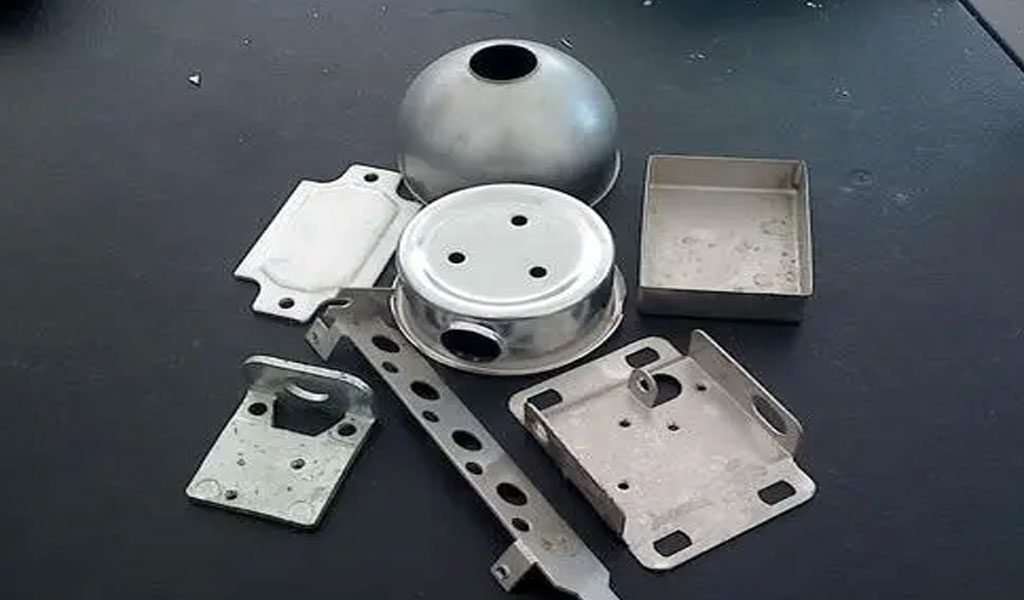
Introduction to Steel Alloys
What is Steel?
Steel is an alloy primarily composed of iron and carbon, with other elements such as manganese, chromium, nickel, and others added to impart specific properties. The presence of carbon in steel (usually between 0.2% and 2.1%) gives it strength and hardness, while the addition of other elements can enhance its resistance to corrosion, improve its strength, and modify other mechanical properties.
Importance of Steel in Modern Industry
Steel is crucial in various industries, including construction, automotive, aerospace, and manufacturing. Its strength, durability, and cost-effectiveness make it a preferred material for constructing buildings, bridges, cars, machinery, and many other products.
Understanding Galvanized Steel
What is Galvanized Steel?
Galvanized steel is carbon steel coated with a thin layer of zinc to protect it from corrosion. The most common method of galvanization is hot-dip galvanizing, where the steel is submerged in molten zinc. The zinc coating acts as a barrier against environmental elements and provides cathodic protection, meaning the zinc will corrode in place of the steel if the coating is damaged.
Process of Galvanization
- Preparation: The steel is cleaned using a series of chemical baths to remove dirt, oil, and mill scale.
- Fluxing: The cleaned steel is dipped in a flux solution (usually zinc ammonium chloride) to prevent oxidation before galvanizing.
- Galvanizing: The steel is submerged in a bath of molten zinc, typically at temperatures around 450°C (842°F).
- Cooling: After galvanizing, the steel is cooled in a quench tank or by air cooling.
Properties of Galvanized Steel
- Corrosion Resistance: The primary advantage of galvanized steel is its superior resistance to rust and corrosion.
- Cost-Effective: Galvanized steel is generally cheaper than stainless steel, making it a cost-effective option for many applications.
- Durability: While not as durable as stainless steel, galvanized steel offers good durability, particularly for outdoor use.
- Aesthetic Appeal: Galvanized steel has a distinctive, matte gray appearance that is often considered attractive for industrial and rustic designs.
Applications of Galvanized Steel
- Construction: Used in roofing, wall panels, gutters, and scaffolding.
- Automotive: Employed in the manufacturing of car bodies and frames.
- Agriculture: Utilized in fencing, silos, and irrigation systems.
- Utilities: Common in the production of electrical poles and street furniture.
Understanding Stainless Steel
What is Stainless Steel?
Stainless steel is an alloy of iron with a minimum of 10.5% chromium, which gives it exceptional corrosion resistance. Other elements such as nickel, molybdenum, and titanium may be added to enhance its properties. Stainless steel is known for its shiny appearance, strength, and resistance to tarnish and rust.
Types of Stainless Steel
- Austenitic Stainless Steel: Contains high levels of chromium and nickel; non-magnetic and excellent corrosion resistance (e.g., 304, 316 grades).
- Ferritic Stainless Steel: Contains high chromium but low nickel; magnetic with good corrosion resistance (e.g., 430 grade).
- Martensitic Stainless Steel: Contains higher carbon for increased hardness and strength; magnetic with moderate corrosion resistance (e.g., 410, 420 grades).
- Duplex Stainless Steel: Combines austenitic and ferritic properties; higher strength and excellent resistance to stress corrosion cracking (e.g., 2205 grade).
Properties of Stainless Steel
- Corrosion Resistance: The high chromium content forms a passive oxide layer that prevents rust and corrosion.
- Strength and Durability: Stainless steel is extremely strong and can withstand high stress and temperatures.
- Aesthetic Appeal: Known for its shiny, reflective surface, stainless steel is often used for its aesthetic qualities.
- Hygienic Properties: Its smooth, non-porous surface makes it easy to clean, making it ideal for sanitary applications.
Applications of Stainless Steel
- Construction: Used in building facades, handrails, and architectural components.
- Medical: Employed in surgical instruments, implants, and medical equipment due to its sterilizability.
- Food and Beverage: Common in kitchen appliances, brewing equipment, and food processing facilities.
- Marine: Utilized in shipbuilding, offshore platforms, and marine fittings due to its resistance to seawater corrosion.
Comparative Analysis of Galvanized Steel and Stainless Steel
Corrosion Resistance
- Galvanized Steel: Offers good corrosion resistance through the sacrificial protection of the zinc coating. Ideal for environments where the coating can remain intact.
- Stainless Steel: Provides superior corrosion resistance due to its chromium content, which forms a self-healing oxide layer. Suitable for harsh environments, including marine and acidic conditions.
Strength and Durability
- Galvanized Steel: Has good strength and durability for many applications but can be compromised if the zinc coating is damaged.
- Stainless Steel: Generally stronger and more durable, maintaining its properties even if scratched or damaged.
Cost
- Galvanized Steel: Typically more affordable, making it a practical choice for large-scale or budget-conscious projects.
- Stainless Steel: More expensive due to the cost of alloying elements and manufacturing processes.
Maintenance
- Galvanized Steel: Requires periodic inspection and maintenance to ensure the integrity of the zinc coating.
- Stainless Steel: Low maintenance, with the passive oxide layer providing long-term protection without the need for additional coatings.
Aesthetic and Hygienic Properties
- Galvanized Steel: Offers a rustic, industrial appearance but can be prone to developing a patina over time.
- Stainless Steel: Known for its sleek, modern look and hygienic properties, making it suitable for both decorative and sanitary applications.
Environmental Impact and Sustainability
Galvanized Steel
- Production Impact: The galvanizing process involves high energy consumption and the use of chemicals.
- Recyclability: Galvanized steel is recyclable, but the zinc coating must be removed before recycling.
- Lifespan: Provides a long lifespan in appropriate applications, reducing the need for frequent replacements.
Stainless Steel
- Production Impact: Producing stainless steel requires significant energy and raw materials, but advances in production techniques are reducing the environmental footprint.
- Recyclability: Highly recyclable, with stainless steel products often containing a high percentage of recycled content.
- Lifespan: Extremely long lifespan due to its durability and corrosion resistance, leading to fewer replacements and less waste.
Practical Considerations for Selection
Application Environment
- Galvanized Steel: Best suited for environments where the zinc coating remains intact and where cost is a major concern.
- Stainless Steel: Ideal for harsh environments, high-visibility applications, and where hygiene is critical.
Load and Structural Requirements
- Galvanized Steel: Suitable for moderate structural requirements but may require additional support or thicker gauges for higher loads.
- Stainless Steel: Preferred for high-load and structural applications due to its superior strength.
Aesthetic and Functional Preferences
- Galvanized Steel: Chosen for its industrial look and cost-effectiveness.
- Stainless Steel: Selected for its modern appearance, ease of cleaning, and low maintenance.
Case Studies and Real-World Applications
Construction Projects
- Galvanized Steel: Used in large infrastructure projects like bridges and buildings where cost and corrosion resistance are critical.
- Stainless Steel: Employed in high-profile architectural projects for its aesthetic appeal and longevity.
Industrial and Manufacturing
- Galvanized Steel: Common in agricultural buildings, equipment, and storage facilities.
- Stainless Steel: Utilized in chemical processing plants, food processing, and pharmaceutical industries.
Consumer Goods
- Galvanized Steel: Found in outdoor furniture, garden sheds, and car parts.
- Stainless Steel: Popular in kitchen appliances, cookware, and cutlery due to its appearance and hygienic properties.
Future Trends and Innovations
Advances in Coating Technologies
- Galvanized Steel: Innovations in coating techniques and materials are enhancing the performance and lifespan of galvanized steel.
- Stainless Steel: Development of new stainless steel grades and treatments to improve corrosion resistance and strength.
Sustainability Initiatives
- Galvanized Steel: Efforts to reduce the environmental impact of galvanization through cleaner processes and recycling.
- Stainless Steel: Focus on increasing the use of recycled materials and reducing energy consumption in production.
Conclusion
Both galvanized steel and stainless steel have distinct advantages and are suitable for different applications. The choice between the two depends on various factors, including the environmental conditions, structural requirements, aesthetic preferences, and budget constraints. Understanding the properties and applications of each type of steel will help you make an informed decision for your specific needs.
Final Recommendations
- Galvanized Steel: Opt for galvanized steel if cost is a major concern and the application does not require extreme corrosion resistance.
- Stainless Steel: Choose stainless steel for applications requiring superior durability, aesthetic appeal, and minimal maintenance, especially in harsh environments.
By carefully evaluating these factors, you can select the type of steel that best meets your requirements, ensuring the longevity and success of your project.

